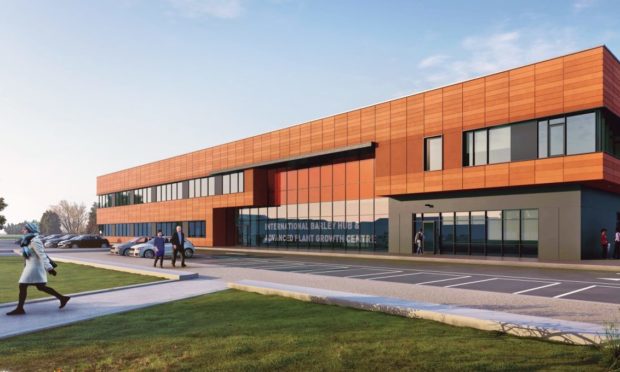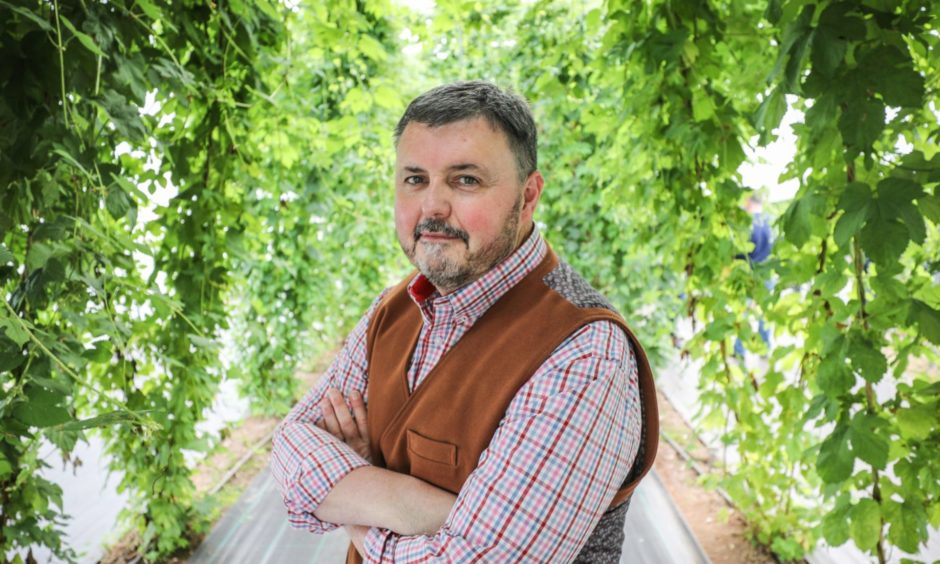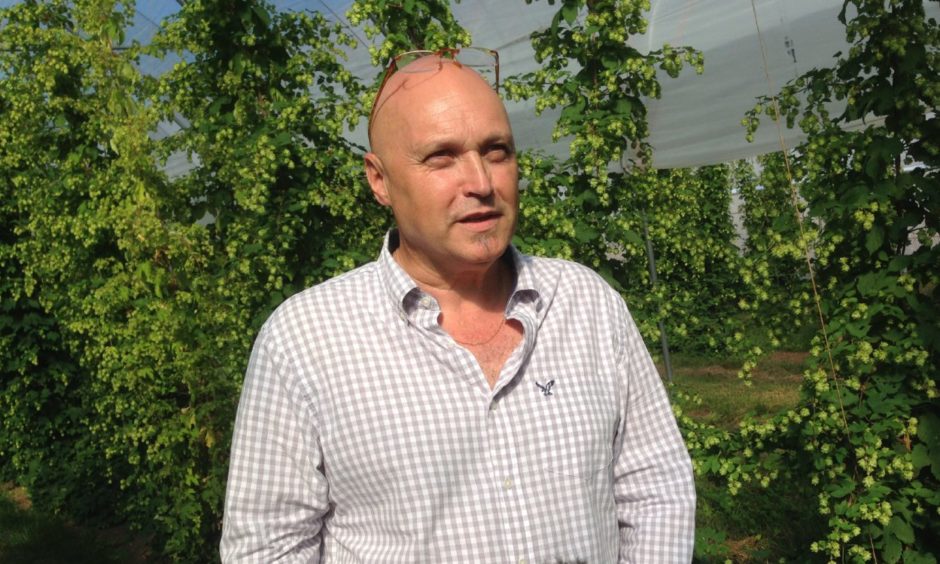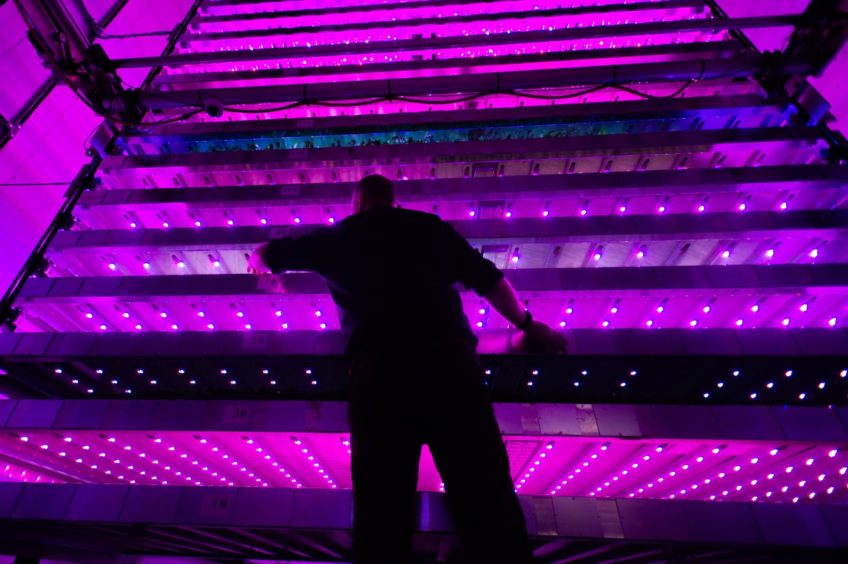Take a stroll through the James Hutton Institute (JHI) campus at Invergowrie and you’d never suspect world class science is taking place inside the shabby, ramshackle buildings.
JHI’s senior staff admit the tired “third-rate” campus makes it difficult to persuade world-leading scientists to abandon top facilities elsewhere, and the institute’s latest accounts underline its financial struggles – but £62 million of Tay Cities Deal funding from the Scottish and UK governments for a new scientific centre has charged the atmosphere and ambition at Invergowrie.
Diggers have moved in and roofs are being torn off old buildings ahead of construction starting on JHI’s dream ticket of an International Barley Hub (IBH) and Advanced Plant Growth Centre (APGC), with completion scheduled for autumn 2023.
The new building – with the APGC downstairs and the IBH above – will be crammed full of the latest state-of-the-art scientific kit, including computing facilities, imaging technology, sensor-based systems, robotics and controlled environmental cabinets for growing plants.
So what can Scotland’s farmers, brewers, distillers and taxpayers expect to gain from the massive investment?
Professor Derek Stewart, the newly-appointed APGC director, is adamant the science will not only focus on long-term global issues such as helping agriculture adapt to climate change, but will be well placed to help local farmers solve some of the fundamental problems they are facing right now.
So the sensor technology being developed for futuristic vertical farming systems, for example, will also be relevant to growers of soft fruit in glasshouses or polytunnels in Fife, Angus and Perthshire.
“The APGC could be described as data-enabled agriculture,” said Prof Stewart.
“We are looking at solutions which will help producers keep an eye on plants, and tell them when they are too cold, hot, or when they need a drink or are stressed by disease.
The investment is a regional deal so clearly we want to work with local growers, bring companies into the area and develop the industry here.”
Other outcomes for the APGC include reducing reliance on food imports by making national production more efficient and supporting existing and emerging high-value crops and improving resilience to evolving disease challenges.
Professor Robbie Waugh, the barley hub’s director of science, has led barley genetics programmes at JHI for the last 23 years, and while much of that work has been fundamental research which has revolutionised plant breeding around the world, the science he now oversees is embracing the needs of Scottish barley producers and the end-use whisky and brewing industries.
“One of our key targets is to breed barley that can be grown more sustainably yet with almost similar yields and quality to what’s currently being grown,” he said.
“What that might mean is using less nitrogen or fungicides on fields and fewer tractors to cultivate plants. The big targets globally now are environmental friendliness, and low or zero carbon – and they are the same targets for us, working to reduce the carbon footprint of barley agriculture in particular, and the driver for that is the whisky industry.
“Distillers are convinced they can decarbonise their production after receiving the malted barley, but what they can’t do is control the process that generates malted barley in the first place. They need that to be able to put on the side of their bottle that it’s produced sustainably – so that’s over to us.”
However the IBH’s work is unlikely to yield immediate results in fields or distilleries.
“The impact will be probably be in 15 years’ time when the people who generate new varieties have had the chance to use information in their breeding processes to make varieties that are better suited to either our environment or the end user,” said Prof Waugh.
In the meantime, both men recognise they need to communicate their work and ambitions with all stakeholders and are producing newsletters and hosting a series of “bite-size” seminars on genetics and science that ranges from the fundamental to the commercial.
They are also confident there will be renewed interest from the world’s brightest and best scientists in working in and around Dundee.



